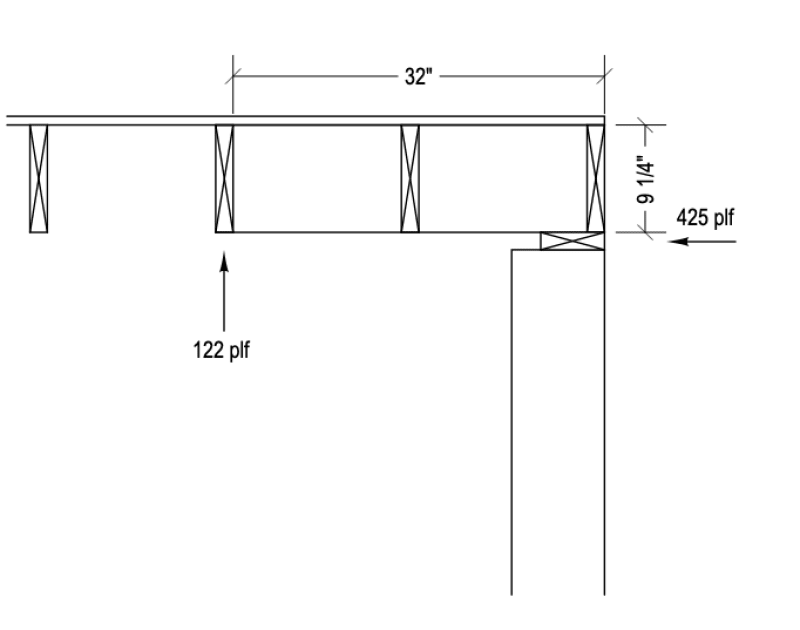I am designing a wood framed building with a 12 ft basement, retaining about 11.5 ft. The first floor framing sits on an interior shelf in the concrete basement wall.
What load path do you typically use to restrain the top of basement wall and transfer the lateral earth pressure into the first floor diaphragm? Are you sizing sill anchors to transfer the load? Wall bearing on the first floor framing?
What load path do you typically use to restrain the top of basement wall and transfer the lateral earth pressure into the first floor diaphragm? Are you sizing sill anchors to transfer the load? Wall bearing on the first floor framing?

